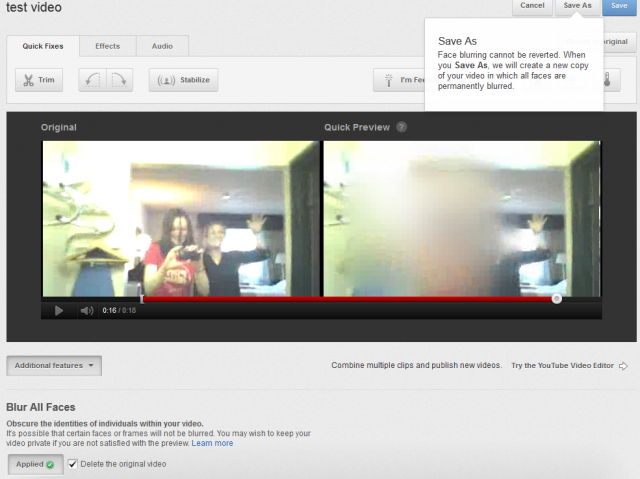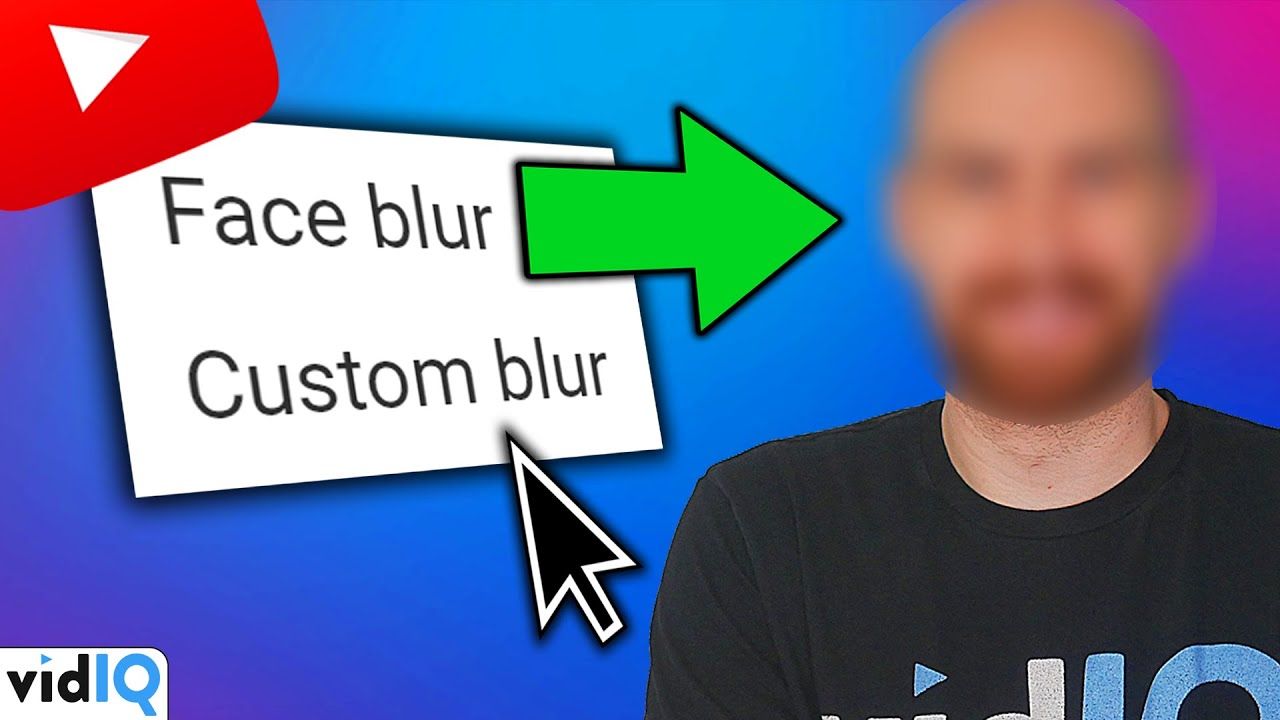

A computer would then automatically compare the distances for each photograph, calculate the difference between the distances and return the closed records as a possible match. A human could process about 40 pictures an hour in this manner and so build a database of the computed distances. The coordinates were used to calculate 20 distances, including the width of the mouth and of the eyes. On a graphics tablet a human had to pinpoint the coordinates of facial features such as the pupil centers, the inside and outside corner of eyes, and the widows peak in the hairline. Their early facial recognition project was dubbed "man-machine" because the coordinates of the facial features in a photograph had to be established by a human before they could be used by the computer for recognition. Woody Bledsoe, Helen Chan Wolf, and Charles Bisson worked on using the computer to recognize human faces. History of facial recognition technology Īutomated facial recognition was pioneered in the 1960s.


Although the accuracy of facial recognition systems as a biometric technology is lower than iris recognition and fingerprint recognition, it is widely adopted due to its contactless process. Because computerized facial recognition involves the measurement of a human's physiological characteristics, facial recognition systems are categorized as biometrics. Since their inception, facial recognition systems have seen wider uses in recent times on smartphones and in other forms of technology, such as robotics. ĭevelopment began on similar systems in the 1960s, beginning as a form of computer application.
#Video editor to blur faces verification
Automatic ticket gate with face recognition system in Osaka Metro Morinomiya StationĪ facial recognition system is a technology capable of matching a human face from a digital image or a video frame against a database of faces, typically employed to authenticate users through ID verification services, works by pinpointing and measuring facial features from a given image.


 0 kommentar(er)
0 kommentar(er)
